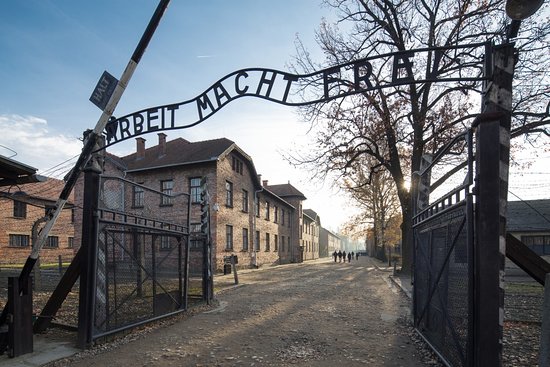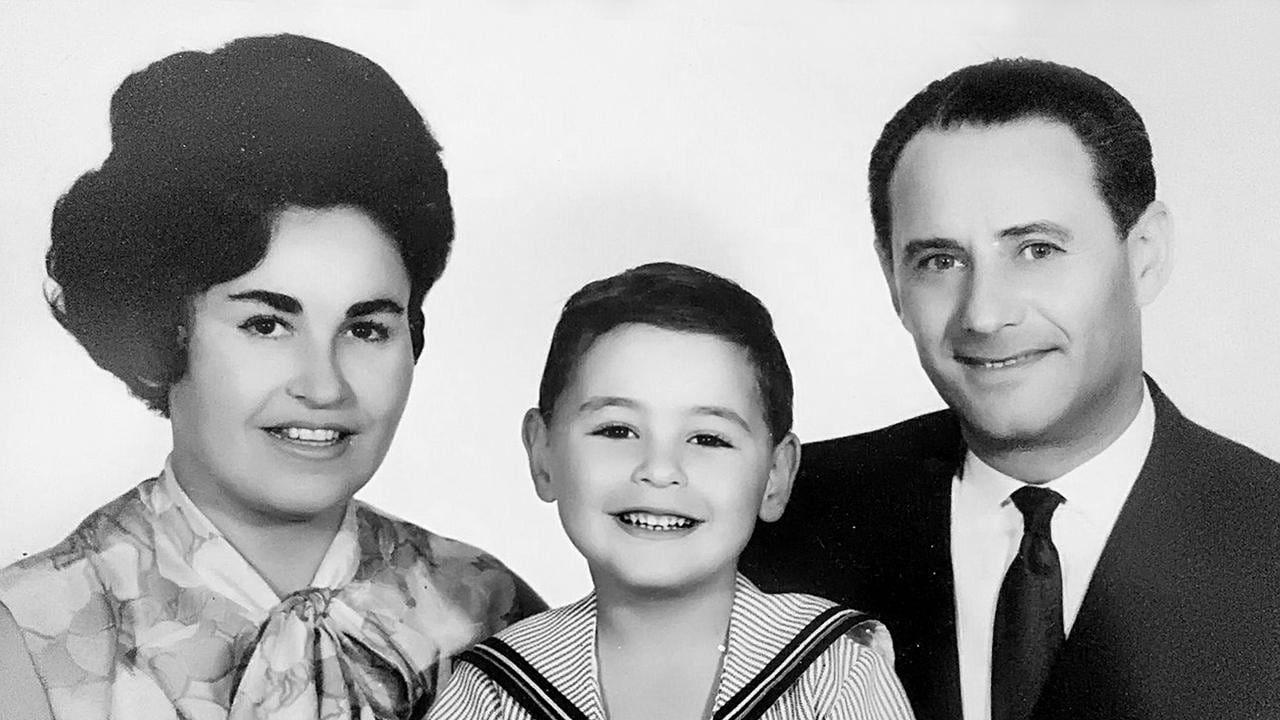Ruta is one of those new age authors that I am coming to admire immensely. Her writing style isn’t overly dramatic but rather like a recitation of a person’s diary, factual and precise. While this may not be the ideal style that authors prefer but for Ruta, IT JUST WORKS! Part of the reason it works is because her plots mainly revolve around tragic historical events, and if written in a dramatic way may overtax the sensibilities of the reader. Her writing style helps readers to not become overly attached to the characters in the novel, as these are realistic people with flaws and not some selfless superheroes, but rather glue the readers attention to the course of action taken by them. I also like that Ruta writes about lesser know events, this really helps the reader see history with a different perspective. She is Lithuanian ethnically, and therefore has focused more on the Baltic point of view of the WW2.
 |
| Book Cover |
Her previous title Between Shades of Grey told the story of Lina, a Lithuanian who survived Siberian Gulag Camps. In this story we meet Joanna who is Lina’s cousin, due to whose escape to Germany Lina’s family was punished. But I couldn’t make out the connection between these two until more than three quarters of the book was finished. This is a good thing because we see the character development of Joanna without being prejudiced against her.
The story is told through four different voices. Joanna, a Lithuanian Nurse who repatriated to East Prussia. Florian, a Prussian who deserts Germany in quest for revenge. Emilia, a Polish teen who is fighting for her survival. And Alfred, a German sailor who is a sociopath.
 |
| Operation Hannibal |
Some scenes moved me more than the others. The death of
Ingrid on the frozen sea, the backstory of Emilia and the chilling details of
how she reimagines her rape to be some romance in her head in order to find
solace. Florian also gets used by some high ranking people, and when he
realises that he is just a pawn to be discarded when in troubled times decides
to takes revenge by stealing the amber swan. The attachment of the boy Eli and
the shoemaker also depicts how in the time of trouble the you seek your family
despite blood relations. The pawning of children for getting passage on the
board, shows the cruelty of human nature when it becomes acceptable to trade
innocents in order to save your own neck. Alfredo was one hell of a psychopath.
When in the end despite the sinking of the ship when he is on the raft with
Emilia, he tries to kill her after realising she is Polish, I am deeply aghast.
Initially I thought he was just a rejected person who is depressed and so is
penning down mental letters to his crush who rejected him. But when I learn
that Hannelore his crush is Jewish and he actually wanted her to get persecuted
for that I hated him. Emilia’s death is beautiful as she is finally stops her
wandering in death and reaches the happiest place for her, her own home. The
presence of her mother and her daughter Halinka in her death dream shows that
despite all of the difficulties she is finally at peace.
 |
| Wilhelm Gustloff in its days of glory |
The depiction of the sinking, reminds me of scenes from the
Titanic. Finally Joanna, Florian, Eli
and Halinka are the only surviving members of the group on the ship. They
emigrate to America and decide to put the war behind them in order to start a new
life as an assorted family. Overall, a
4.5/5 for me.


/time-required-for-camino-de-santiago-1642987-FINAL-5bc76e7b46e0fb0026266015.png)